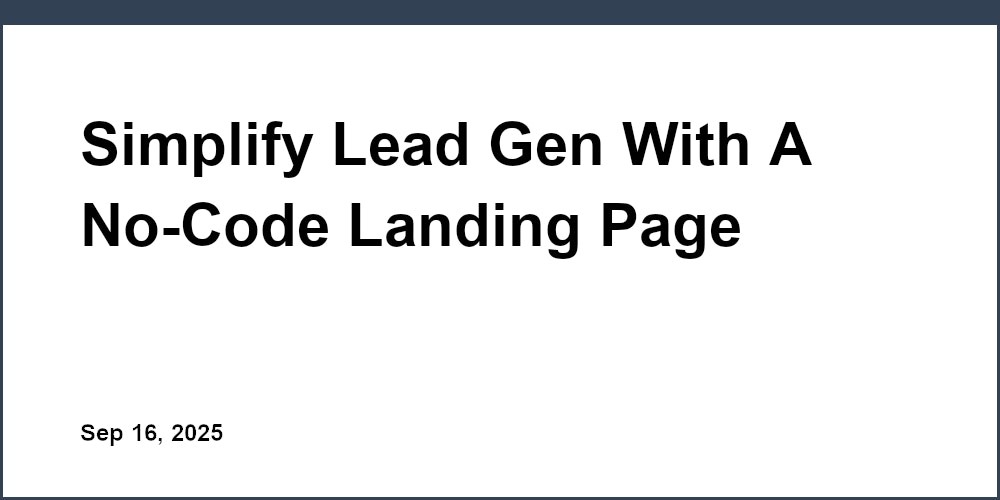When you’re just launching a startup, security may be one of the things you put on the back burner. You’re busy with building features, shipping updates, and attracting users, so vulnerability scans or penetration tests seem like something you can do later. But that’s until a data leak, a missed patch, or an API vulnerability happens.
We have good news for you. Because today’s security tools don’t have to be heavy, expensive, or enterprise-ready. Many modern platforms specialize in startups and smaller businesses, helping them detect, prioritize, and fix issues automatically. And without a dedicated engineer.
Top Lightweight Security Tools for Startups
Modern lightweight solutions integrate directly into your framework, automatically detecting vulnerabilities and reporting issues in a developer-friendly language. If you’ve been searching for a practical CodeRabbit alternative that’ll give you real results, the new generation of platforms proves that you can have speed and security at once.
1. Aikido
Aikido is an all-in-one security platform that directly integrates into your code repositories, cloud environments, and dependencies. What makes it a favorite is that when you have a security breach, you’ll get clear explanations, context-aware remediation steps, and one-click autofixes. Like, you won’t just know what causes the problem, you’ll know what to do with it.
Key Features
- Covers SAST completely. Aikido scans everything in multiple coding languages, so it can catch all the logic flaws, handle insecure inputs, and risky APIs.
- Groups related issues. The deduplication feature saves your time and lets you solve as many issues as possible.
- Automatic filtering. There will be issues that don’t actually affect you, and auto triage can analyze and monitor them.
- Custom rules. If anything is missing, you can create your own code to filter out the irrelevant paths, packages, etc.
- AI repair. Aikido’s AI agent can automatically fix your issues. But you have to generate pull requests.
- TL;DR Summaries. When the problems are more complex than expected, you’ll get a complete summary and also how to fix them.
Pricing: Aikido offers several packages, starting at $350/month/10 users. And it has a free plan if you need to try it out.
2. Snyk
Snyk is known for its accuracy and strong integrations (in many languages). It scans dependencies, container/laC, and has excellent developer tooling, so you can identify vulnerabilities in the early stage.
Key Features
- Quick SAST scans. Everything is scanned and fixed so quickly you won’t even have time to realize what happened.
- Comprehensive vulnerability database. The advanced security tools are open source and backed by a huge database.
- Automatic discovery. Snyk’s AI-driven DAST engine finds and exposes vulnerabilities at scale, integrating into your SDLC.
Pricing: Packages start at $25/month per dev, and they have a free plan, too.
3. Astra
Astra helps you continuously and proactively pentest your infrastructure. Trusted by more than 1,000 engineering teams, the platform helps automatically detect misconfigurations, malware, and potential data leaks.
Key Features
- PTaaS (Penetration Testing as a Service) platform. You get hacker-style pentesting on demand, collaborating with them in real-time in an agile and dev-friendly environment.
- DAST scanner. The platform scans for over 10,000 vulnerabilities, including OWASP Top 10 and CVEs.
- API security. Each API in your infrastructure will be discovered, scanned, and secured. And doesn’t matter if those APIs are shadow, zombie, or just undocumented.
Pricing: Depending on which tool you need, the prices vary, starting at $69/month.
4. Detectify
Detectify is developed by ethical hackers. Instead of just scanning for common CVEs, it brings a deep, research-backed approach to security testing.
Key Features
- API assessment. Scans all your APIs and gives a dynamic, accurate, and actionable evaluation.
- Surface monitoring. You get a comprehensive view of your attack surface and secure your domains, apps, and APIs.
- App scanning. Find and remediate business-critical vulnerabilities in custom-built apps with advanced crawling and fuzzing.
Pricing: Packages depend on the tool you need, starting at €90/month (per domain or per API). Each plan has a 2-week trial.
5. Semgrep
Semgrep uses rule-based pattern matching to identify vulnerabilities. For devs, that means that they can write their own rules for scanning. But if not, there are thousands of community-created ones available.
Key Features
- False positives filtering. Their dataflow reachability analysis can reduce false positives by up to 98%.
- Eliminate developer friction. Semgrep gives developers tailored remediation guidance and code fixes at scale, in their native workflows (PR comments, Jira, IDE).
- Easily operationalize and scale. Get custom SAST without the customization, because Semgrep Assistant codifies security-relevant context based on human triage.
Pricing: Packages start at $40/month/dev. Semgrep has a free plan if you don’t need extra features.
Why Do Startups Need Smarter (Not Bigger) Security?
Because traditional security tools were never built for them. Most enterprise-grade systems are heavy, complex, and designed for companies with entire DevSecOps departments.
And smart security doesn’t end with your codebase. It extends to how your product is presented online. Startups that launch quickly often overlook website safety, even though their landing page is usually the first point of contact with users. And some platforms make it simple to build fast, visually polished, and SSL-secured landing pages without coding. That means you can promote your product confidently, knowing your digital front door is just as secure as the product behind it.
Finishing Up
For early-stage teams, simplicity and automation matter more than anything else. Security isn’t something that should slow you down. It guards your code, your users, and your information while you keep building the platform.
The new wave of security tools makes it possible to have enterprise-grade protection without extra steps or a heavy price tag. All you need to do is find the balance. Which tool is the fastest, safest, and most growth-savvy? With the right approach and the tool, protecting your foundation will be a part of the process, not a distraction.
